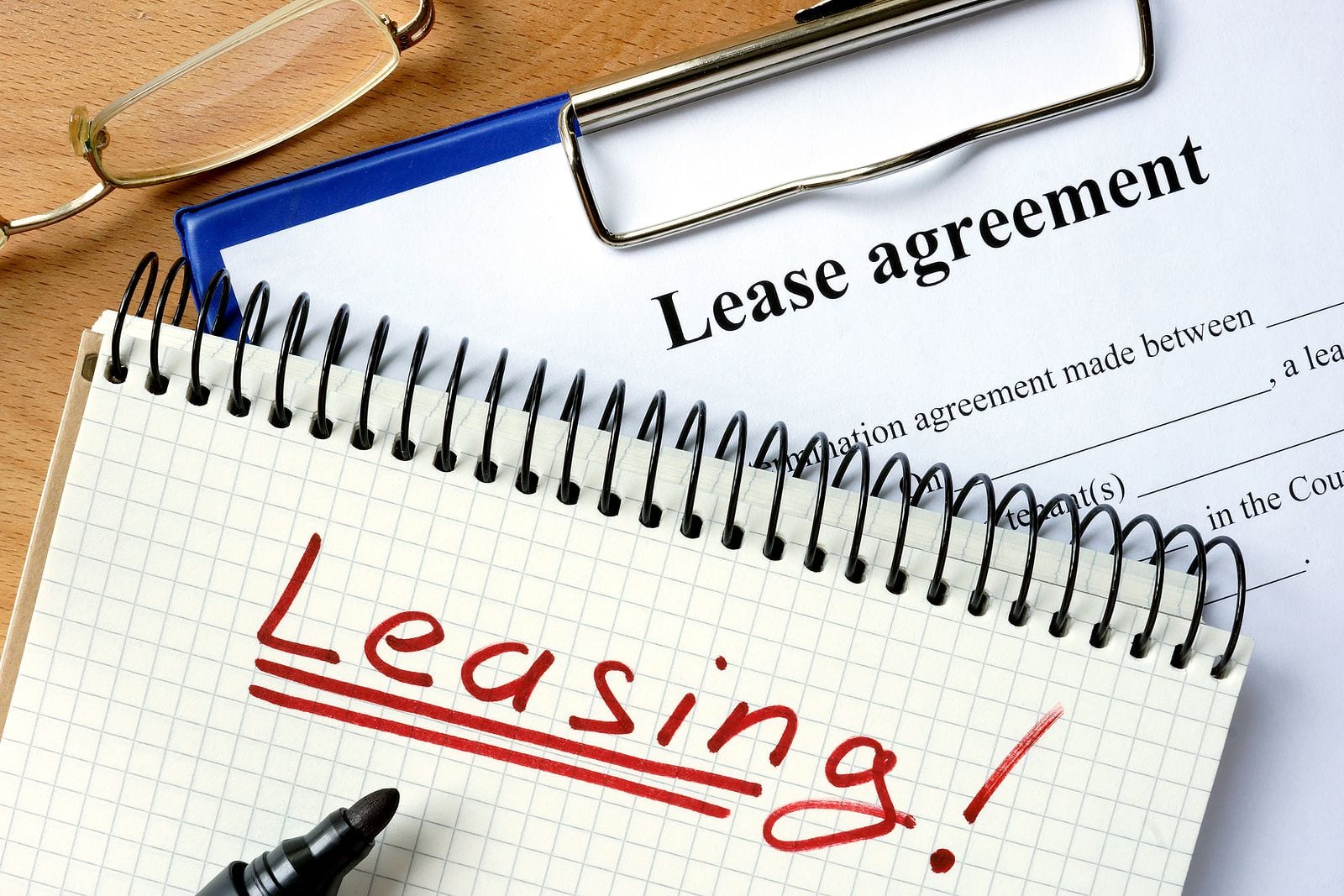
An operational lease or a capital lease can be used to account for leasing. The majority of leases are for business operations. In an operational lease, the asset being leased remains off the balance sheet, and payments are handled as rent. A capital lease, on the other hand, works more like a loan because the asset is kept on the balance sheet even if it is the lessee’s property.The accounting approach for capital and operating leases differs, and this can have a big effect on how much tax the company has to pay. Nowadays equipment leasing is also being provided for equipment lease and farming practices. The IFAC refers to a capital lease as a “finance lease.”
How do Leases Work?
A lease is a contract that grants the right to utilize property, plant, and equipment (PP&E) for a certain length of time. Lessors own the asset but lease it to others, whereas lessees are those who have the right to utilize it.
What are the Types of Leases?
Different accounting standards recognise various lease types. Standards determine how the lessor is classified as well as the lessee.
Generally speaking, a capital lease (or finance lease) is one in which the lessee bears the majority of the costs and hazards associated with ownership. The lessor may still be the true owner (the title holder). This is comparable to financing an automobile or earth moving equipment through an auto loan; although the buyer of the car technically owns the vehicle, the finance firm legally maintains ownership until the debt is returned.
How do You Decide Between Operational and Capital Leases for Accounting?
Operating leases are typically preferred by businesses. Therefore, there are some limitations on which leases can be regarded as operating leases by the Financial Accounting Standards Board (FASB). If any one of the following four criteria is met, a lease must be considered a capital lease:
- Ownership: By the conclusion of the lease period, the lessee will have acquired ownership of the property.
- Option to Purchase at Bargain Price: The equipment lease includes an option to purchase the leased property at a steep discount.
- Estimated Economic Life: The lease period is equal to or exceeds 75% of the leased property’s estimated economic life.
- Fair Market Value: The present value of the rental and other minimum lease payments, less the amount for executory charges, equals or exceeds 90% of the fair market value of the leased property.
When the start of the lease term occurs in the final 25% of the expected economic life of the leased property, the last two requirements do not apply.
It is an operational lease if none of these conditions are true and the lease is merely for a brief period of time’s usage of the asset.
Capital and Operating Lease Accounting for Leases
For both the lessor and the lessee, the accounting treatment of capital and operating leases differs.
IFAC terminology, on the other hand, refers to a capital lease (or finance lease) as accounting for a loan because the lessee is considered the asset’s owner. Interest charges are considered operational expenses.
What are The 9 Tips That can Help you master the Capital lease vs Operating lease?
Operating Lease :
- Lease payments are seen as normal operating costs for the company.
- On the balance sheet, the asset or lease is not shown.
- The asset is not eligible for depreciation by the company.
Capital Lease :
- Leasing is seen as borrowing. Interest charges are regarded as operating costs.
- The balance sheet shows the asset, the outstanding loan balance (net present value of all future lease payments) as a liability, and the item’s current market value as an asset.
- Every year, the lessee may deduct depreciation from the asset.
- An accounting system must be updated to reflect a financial lease. An operational lease, on the other hand, is exempt from the requirement to be documented in an accounting system. As a result, it is frequently referred to as a “off the balance sheet lease.”
- You can receive a tax benefit for financing expenses and depreciation in financial leases. Rent payments made under an operating lease are tax deductible.
- A financial lease allows the lessee the choice to purchase the asset at the conclusion of the predetermined time frame. There isn’t such an offer for an operating lease.
Cons and Benefits
An operational lease has benefits as follows:
- Operating leases give businesses that routinely update or replace their equipment the flexibility they need.
- The danger of obsolescence is eliminated for the lessee.
- Accounting is easier since the asset is not required to be on the balance sheet. It’s not necessary to calculate or mention the equivalent debt liability either.
- Lease payments qualify as operational expenditures for tax deduction purposes.
- It offers better Return On Asset (ROA) without being constrained by capital budgets.
Benefits of capital leasing :
- Comparable operating leases take longer to record expenditures than capital leases. The asset’s depreciation may be claimed annually by the lessee.
- The lease payment’s interest component may also be written off as an operating expenditure in addition to depreciation.







